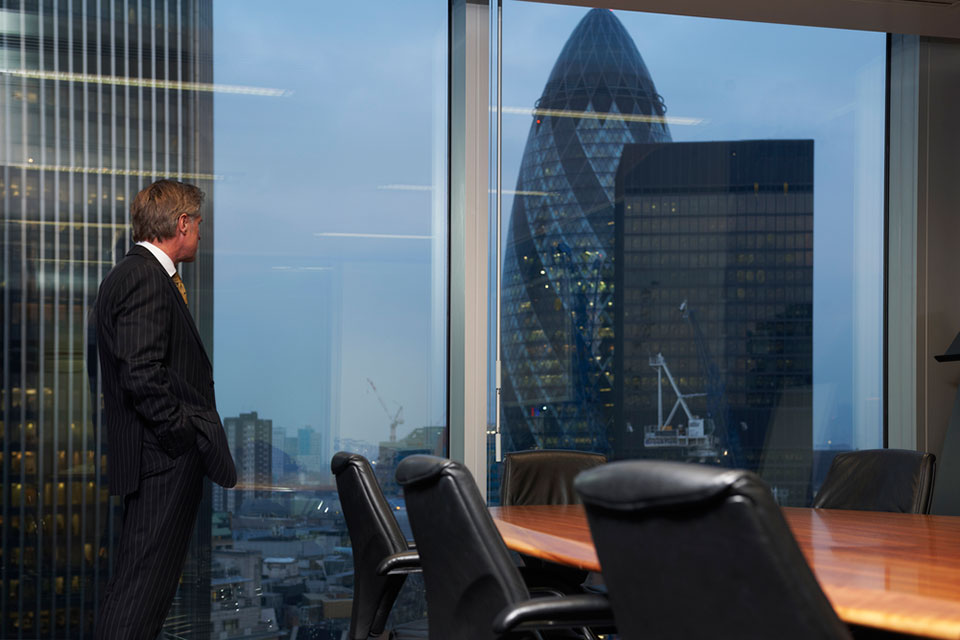CEOs deploy foresight for Design Thinking

- Do you know how 3D printing has revolutionized the world?
- How did this Design thinking shape up? Interesting query!
- Innovative products and designs are an outcome of rationalized out-of-box thinking, foresight being its progenitor and often centred on users or stakeholders.
It is evolutionary in terms of the designer’s perception, moving few steps ahead into the user’s experience, capturing the future with anticipation. In other words, it comes with an entrepreneurial mindset.
The question that intrigues us is what motivates us in this direction?
CEOs and Design Thinking
Are CEOs adept to Design Thinking? Design Thinking, coined by Tim Brown moves ahead of lateral thinking, as it attempts to solve problems with consumer at the core. The fundamentals persist around observations, while generating innovative and iterative solutions. It is the next dimension of creative consequences with humans at the centre, leading to creation of better products, services, and processes. This problem-solving approach uses both rational and analytical dimensions of research. This is plausible by listening, examining, and analysing user’s narration, distinctly understanding the core needs of the consumer. The process in a loop incorporates empathising, defining the problem, ideating, prototyping and followed by testing.
With this, it gives an opportunity to deploy foresight and visualise the problem from a very different perspective, allowing to fly around the root cause or causality, thereby propelling creative thinking. This creative approach considers the whole culture neighbouring the problem considering the assumptions, while generating tested potential solutions. One must immerse for contextualising the problem, analyse and synthesise with collaborative brainstorming.
CEOs must use foresight to engage in this productive thinking tool, introducing this approach in quantum within their organisational boundaries and maybe even beyond. One will have to start small by identifying early adopters and merging the departmental silos. It may just be a formative step but being assertive and allowing flexibility to rethink, challenge it and circle around the consumer’s problem is a start off the grid. The fluid challenge is in crafting and building teams’ creative synergies via experimentation, thus revealing pathways to arrive at a future of consumer-centric business environment.
The query
Do we really distinguish what this is all about? How is the background applied in organisational perspective? Does the culture support? Do we really empathise with users? Have we defined the needs and expectations of the consumer? How much have we challenged the assumptions? And most prominently do we have the time to assign for this process?
User experiences
Large established organisations like Toyota, Apple, Microsoft, Samsung Electronics, Bank of America, PepsiCo, Nike, Netflix etc. with their foresight of future business scenarios have extensively used this Design Thinking approach. For example, Netflix mastered the art of user experience by letting customers with a download-and-go feature. Apple mastered the user knowledge on products. The master art is to forestall the complex challenges and understand compelling issues surrounding the consumer. It is here the distinctive quality of isolating the problem source, core and periphery is bundled to generate Design Thinking. The consumer wants an elated experience both as in countenance and sustenance. This is where the Design Thinking positively effects the understanding in creating disruptive products.
CEO as a strategic leader must deploy foresight to achieve higher levels of creative thinking, collaborative communication, and an empathised approach. In other words, value added soft skills, said simply. This comes with experience, the power of retention, individual connect, understanding and deciphering patterns, qualitative reasoning, rapid experimentation, and the hindsight-insight-foresight combination. The CEO must ask the what-how-why-when type intriguing questions to gain clarity. This helps in engaging with the consumer.
Larry Leifer and Christoph Meinel outlined four rules contextualising Design Thinking starting from ambiguity, human, re-design, and the tangibility rules. Each one unfolds the mystery behind the design process. We must accept, today, almost anything is possible. To see tomorrow’s future through today’s lens, Design Thinking gives the perspective to fix a problem, by deep diving into the causality and emerge with creative solutions in a different dimension.
Take away
Coupled with foresight deployment, this Design Thinking is an effective iterative process that explores the wider dimension around the user. It challenges the assumptions, redefines the problem thus revealing strategic pathways for generating plausible solutions. The focal point is the client for whom the product is designed and thus, this incumbent becomes the experimentation lab for providing information based on queries around the problem. The solution-based approach is dynamic in response, enquiring all facets related to the problem and the consumer. It dives deeper, unravelling the hidden issues threading them for better understanding. The supremacy of questioning with empathy is it all about, by reframing and re-constructing the problem via collective thinking, brainstorming and hand-on-approach. This becomes the responsibility of CEOs to contextualise the state of ‘wantlessness’ of the consumer. Further, this may lead to an assorted imbroglio of opportunities and threats lurching over.: opportunities towards creating demand and threats on brand dilution. How much are you involved with consumer and ready for Design Thinking?
Written by Dr. Manoj Joshi.
Bring the best of the CEOWORLD magazine's global journalism to audiences in the United States and around the world. - Add CEOWORLD magazine to your Google News feed.
Follow CEOWORLD magazine headlines on: Google News, LinkedIn, Twitter, and Facebook.
Copyright 2025 The CEOWORLD magazine. All rights reserved. This material (and any extract from it) must not be copied, redistributed or placed on any website, without CEOWORLD magazine' prior written consent. For media queries, please contact: info@ceoworld.biz












